Name Porfirio Rubirosa Role Diplomat | Height 1.77 m | |
 | ||
Full Name Porfirio Rubirosa Ariza Siblings Cesar Rubirosa, Ana Rubirosa Parents Pedro Maria Rubirosa, Ana Ariza Almanzar Similar People | ||
Historia Dominicana: El playboy Porfirio Rubirosa
Porfirio Rubirosa Ariza (January 22, 1909 – July 5, 1965) was a Dominican diplomat, race car driver, soldier and polo player. He was an adherent of the dictator Rafael Trujillo, and was also rumored to be a political assassin under his regime. Rubirosa made his mark as an international playboy for his jetsetting lifestyle and his legendary sexual prowess with women. Among his spouses were two of the richest women in the world.
Contents
- Historia Dominicana El playboy Porfirio Rubirosa
- ICONS Porfirio Rubirosawmv
- Early life
- Diplomat
- Personal life
- Polo and car racing
- Death
- References
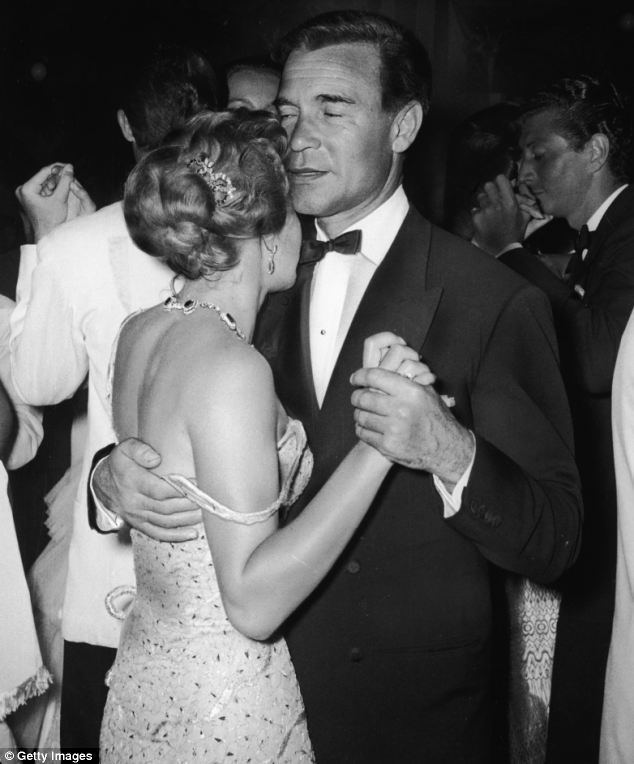
ICONS - Porfirio Rubirosa.wmv
Early life
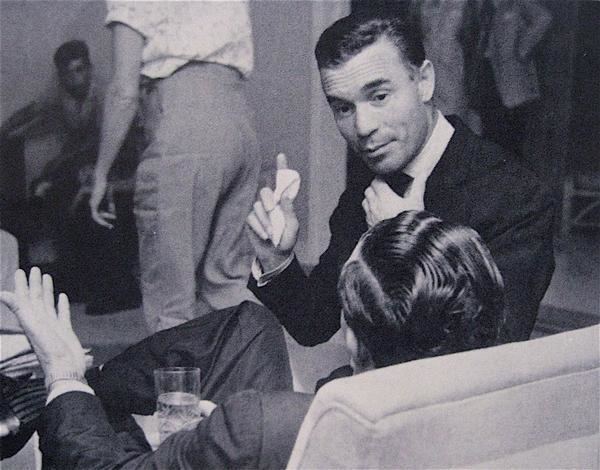
Porfirio Rubirosa Ariza was born in San Francisco de Macorís, Dominican Republic, the third and youngest child of an upper-middle-class family. His parents were Pedro María Rubirosa and Ana Ariza Almanzar. The eldest child was named Ana and the elder son was named César. His father, also a womanizer, was at one time a "general" of a group of heavily armed men in the mountainous Cibao region working with the government. Don Pedro advanced to become a diplomat, and after a stint at St. Thomas was made Chief of the Dominican Embassy to Paris in 1915. Rubirosa thus grew up in Paris, France and returned to the Dominican Republic at the age of 17 to study law. But he soon changed course and enlisted in the military.
Diplomat
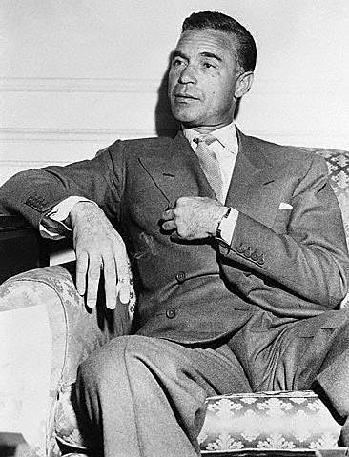
In 1931, Rubirosa met Rafael Trujillo at a country club. The "Benefactor" asked to see him the next morning, and made him a lieutenant of his Presidential Guard. Their relationship lasted throughout their lives, went up and down, mostly close, but not without episodes of danger for Rubirosa, and defined his professional career when he became a diplomat of the Dominican Republic in 1936.
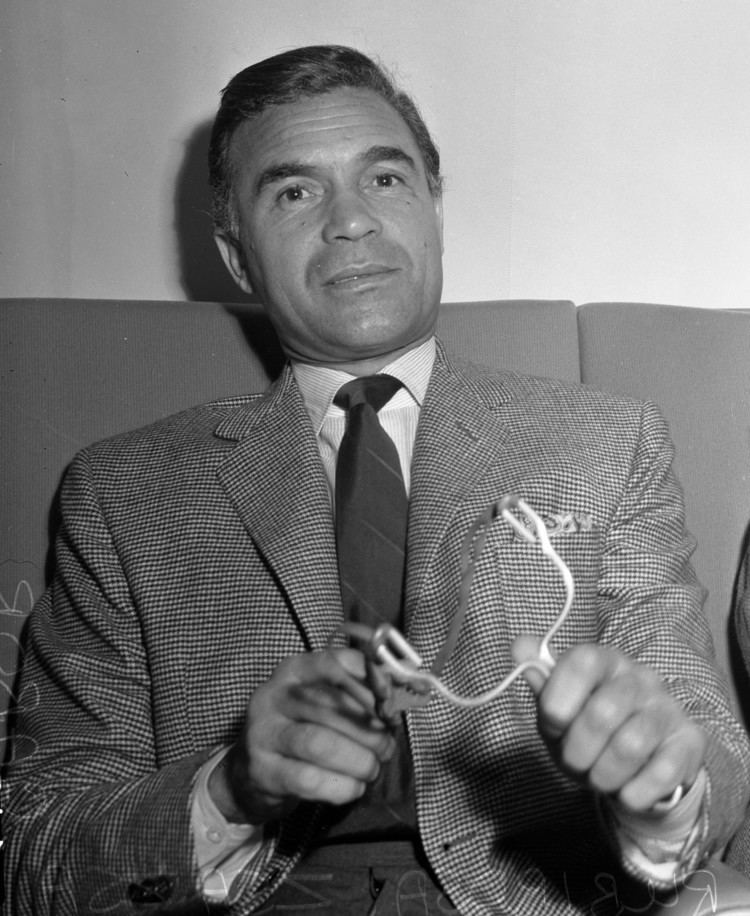
In this role, he was sent to embassies, first at Berlin (during the 1936 Olympic Games) and soon to Paris, where he spent most of his time; he also served at the embassies at Vichy, Buenos Aires, Rome, Havana (witnessing the Cuban Revolution), and Brussels. He was a frequent visitor to New York, Washington, Florida, and California. "Rubi", who defined himself a Trujillista, moved freely among the rich and famous, made the connections, and kept the secrets. His 1938 divorce of Trujillo's daughter seemed, at least on the surface, to have little influence over his erstwhile father-in-law's affection for, or trust in, him. However, at times, when his escapades stirred up too much notoriety, Trujillo would dismiss him – as from his post in Paris in 1953 – or move him to another place. Trujillo recognized what an asset Rubirosa was for his regime, remarking: "He is good at his job, because women like him and he is a wonderful liar."
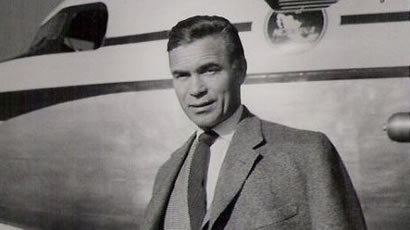
After Trujillo's assassination on May 30, 1961, Rubirosa supported his son as successor and attempted to persuade John F. Kennedy to help his government. However, when Ramfis Trujillo and his family fled the Dominican Republic, Rubirosa's career came to an end. On January 2, 1962, the Council of State removed him from his unique appointment as "Inspector of Embassies". After he lost his diplomatic immunity, he was questioned by the New York District Attorney concerning the disappearance of Trujillo opponents Sergio Bencosme in 1935 and Jesus Galíndez in 1956, but was never charged.
Personal life
Rubirosa was linked romantically to Dolores del Río, Eartha Kitt, Marilyn Monroe, Ava Gardner, Rita Hayworth, Soraya Esfandiary, Peggy Hopkins Joyce, Joan Crawford, Veronica Lake, Kim Novak, Judy Garland, and Eva Peron. He dallied with his ex-wife Flor de Oro Trujillo Ledesma during his marriage to Doris Duke. He and Zsa Zsa Gabor were seen together during her marriage to George Sanders. When she wouldn't marry him, despite the fact George was divorcing her, Rubi married Barbara Hutton. He was named a co-respondent in George Sanders' divorce suit from Zsa Zsa Gabor.
Rubirosa was married five times, but never had any children. His wives were:
His playboy lifestyle was matched by stories of his sexual prowess. His reputedly larger than average penis size inspired Parisian waiters to name gigantic pepper mills “Rubirosas”.
Polo and car racing
After World War II, Rubirosa became engaged in two major passions, polo and car racing, both expensive sports that would be supported in years to come by his wives. He organized and led his own polo team Cibao-La Pampa that was an often successful contender for the Coupe de France. Rubirosa played polo until the end of his life. In the same period, he started to acquire fast cars and form friendships with racing car drivers. He would own a number of Ferraris. His first race at 24 Hours of Le Mans took place in June 1950 with his partner Pierre Leygonie, and his second race, this time with Innocente Baggio, was four years later; in both races his car did not finish. Rubirosa participated in a number of races at Sebring, all but once as a private entry.
Rubirosa entered one Formula One race, in 1955, the Grand Prix de Bordeaux on April 25. He planned to drive his own Ferrari 500, identical to the one which brought Alberto Ascari the 1952 and 1953 Drivers' World Championship. However, he fell ill before the race and did not drive.
Death
Rubirosa died in the early morning of July 5, 1965, at the age of 56, when he crashed his silver Ferrari 250 GT into a horse chestnut tree in the Bois de Boulogne after an all-night celebration at the Paris nightclub "Jimmy's" in honor of winning the polo Coupe de France.
